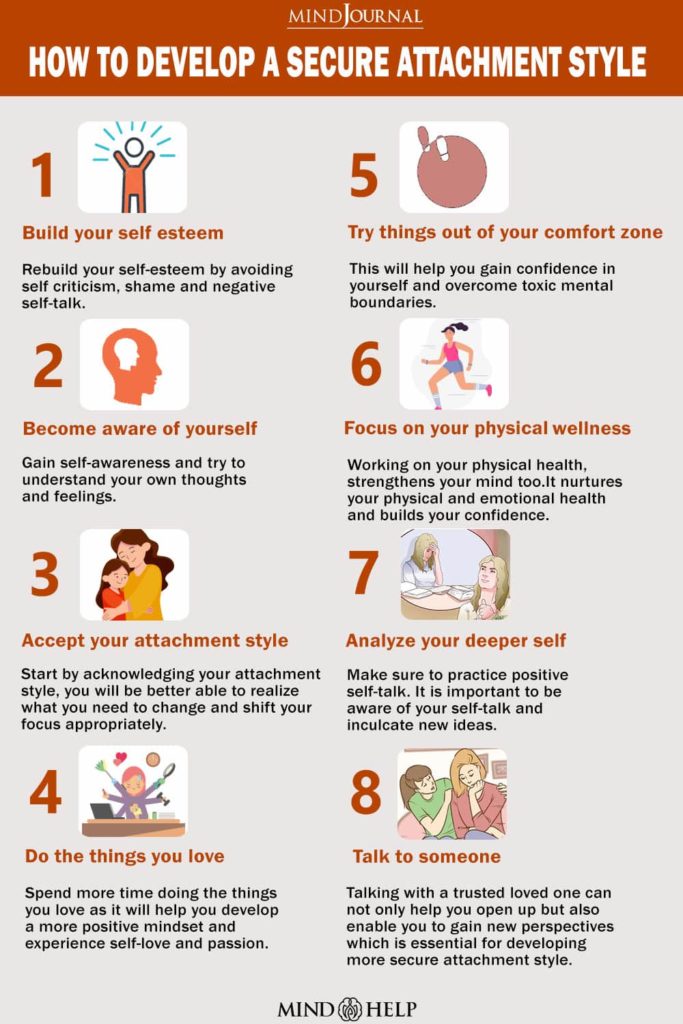 Source: bing.com
Source: bing.comBreastfeeding is a crucial part of a baby’s early development. It not only provides essential nutrients but also creates a special bond between the mother and the baby. In fact, breastfeeding plays a significant role in developing a secure attachment between the two. In this article, we will discuss in detail how babies develop secure attachment through breastfeeding.
Table of Contents
What is Secure Attachment?
Secure attachment is a type of relationship where the baby feels safe and secure with their caregiver. They know that they can rely on their caregiver for comfort, support, and protection. This type of attachment is crucial for a baby’s emotional and social development. It helps them build trust, self-esteem, and positive relationships with others.
How Does Breastfeeding Help Develop Secure Attachment?
Breastfeeding creates a special bond between the mother and the baby. It provides the baby with the necessary nutrition but also helps them feel secure and loved. When a mother breastfeeds her baby, she holds them close to her body, making eye contact and talking to them. This physical proximity creates a sense of security for the baby.
Breastfeeding also releases hormones such as oxytocin, which is often referred to as the “love hormone.” This hormone not only helps the mother relax but also helps the baby feel calm and content. The release of oxytocin during breastfeeding creates a positive association between the mother and the baby, reinforcing the secure attachment.
Furthermore, breastfeeding helps the mother understand and respond to her baby’s needs. As the mother breastfeeds, she becomes attuned to her baby’s cues and signals. This sensitivity to the baby’s needs and responsiveness to their cries and gestures creates a secure attachment between the mother and the baby.
What are the Benefits of Secure Attachment?
Secure attachment has numerous benefits for a baby’s emotional and social development. It helps them develop a positive self-image, a sense of trust, and a healthy attachment style. A baby with a secure attachment is more likely to form positive relationships with others, have better social skills, and be more resilient to stress and adversity.
Furthermore, secure attachment has long-term benefits. Children with secure attachment are more likely to have better mental and physical health, perform better academically, and have fewer behavioral problems. They are also less likely to develop anxiety, depression, or other mental health issues later in life.
What if You Can’t Breastfeed?
Breastfeeding is the ideal way to develop secure attachment, but not every mother is able to breastfeed. If you are unable to breastfeed, there are other ways to develop a secure attachment with your baby. Skin-to-skin contact, holding your baby close, and talking to them can all help establish a secure attachment.
You can also try bottle-feeding while holding your baby close to your body, making eye contact, and talking to them. The key is to create a positive and nurturing environment that fosters a sense of security and love.
Conclusion
Breastfeeding is an essential part of a baby’s early development, and it plays a significant role in developing a secure attachment between the mother and the baby. It provides essential nutrients but also creates a special bond that helps the baby feel secure and loved. A secure attachment has numerous benefits for a baby’s emotional and social development, and it sets the foundation for positive relationships and mental health later in life. If you are unable to breastfeed, there are other ways to establish a secure attachment with your baby. The key is to create a nurturing environment that fosters love and security.
Frequently Asked Questions
Q: How can I tell if my baby has a secure attachment?
A: A baby with a secure attachment will feel safe and secure with their caregiver. They will seek comfort and support from their caregiver when they are upset, but they will also explore their environment independently. They will have a positive self-image, good social skills, and be resilient to stress and adversity.
Q: Can I still develop a secure attachment if I can’t breastfeed?
A: Yes, you can still develop a secure attachment with your baby if you can’t breastfeed. Skin-to-skin contact, holding your baby close, and talking to them can all help establish a secure attachment. You can also try bottle-feeding while holding your baby close to your body, making eye contact, and talking to them.
Q: What are the benefits of secure attachment?
A: Secure attachment has numerous benefits for a baby’s emotional and social development. It helps them develop a positive self-image, a sense of trust, and a healthy attachment style. A baby with a secure attachment is more likely to form positive relationships with others, have better social skills, and be more resilient to stress and adversity. Furthermore, secure attachment has long-term benefits, including better mental and physical health, better academic performance, and fewer behavioral problems.
Q: How can I create a nurturing environment for my baby?
A: You can create a nurturing environment for your baby by holding them close, making eye contact, talking to them, and responding to their needs. Skin-to-skin contact, cuddling, and playing with your baby can also help establish a sense of security and love.
Q: Can I still bond with my baby if I can’t breastfeed?
A: Yes, you can still bond with your baby if you can’t breastfeed. Bonding is about creating a positive and nurturing environment that fosters a sense of security and love. Skin-to-skin contact, holding your baby close, talking to them, and responding to their needs are all ways to bond with your baby.
